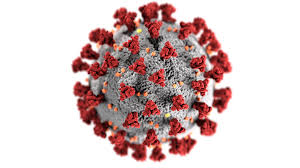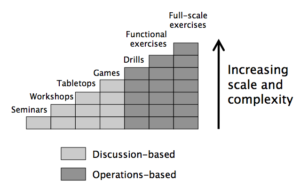Crisis Communications
Barton Dunant has workshops through our own course, on the elements of a Crisis Communications Team – as organized by POETE (Planning, Organizing, Equipping, Training and Exercising). This will help your organization build or refine your Crisis Communications Team Plan. We also have a series of increasingly complex exercises for your Crisis Communications Team.
The FBI has a great checklist for before, during and after an incident, for Public Information Officers (PIOs) to help with Crisis Communications. We have included a free download link to it.
SalesForce.org free set of tips on e-mailing crisis communications messages, for non-profit organizations.
Want to learn about some really bad examples of Crisis Communications?
2022
A piece from The Washington Post.
A piece from television station KOAT from Albuquerque, NM
Crisis Communications Read More »




